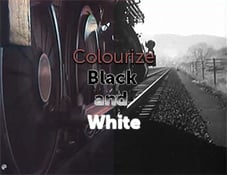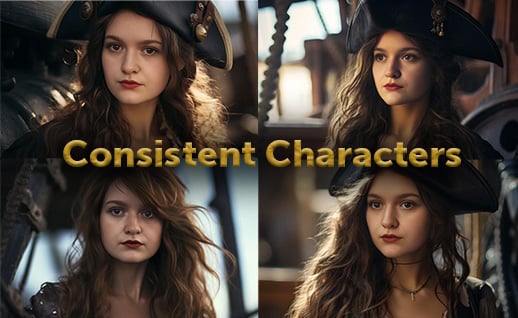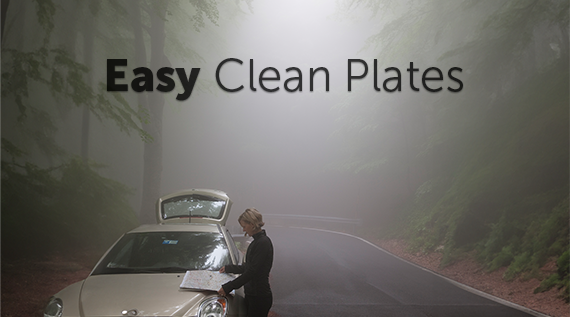You probably didn’t get into filmmaking or photography for the paperwork, but a model release should be an essential piece of your gear bag. It’s a simple legal document specifying that you and the model agree on the ways the images you’ve captured can be used. And it’s the difference between making your footage or photographs useable … or getting passed over because your content doesn’t provide the assurances the end user needs.
If you’ve never thought much about what your model release form says or doesn’t say, or tried to read it and got lost in the legal language — or never even bothered to use a release — you’re not alone. But a comprehensive, professional model release allows the end user to use your clips freely or strictly limits their option, so it’s critical you get it right.
A model release for a stock clip or photograph should clearly state:
The model has given you permission to capture and reuse their image.
Reuse includes selling their image for licensing. This is essential. Without this, it’s not clear the model has released their image for reuse. You can’t use a contract that simply states the model has been paid or given a nominal fee for their time. Your release must show they were not posing for a single project and that they know the images may be used for multiple purposes, indefinitely.
The model’s image may be altered and combined with other elements, including text and other images.
This makes it clear the images are suitable for use in advertisements, which almost always include a headline, voiceover, or other visual elements.
The model waives the right to review or approve any use of their image.
Again, this is essential. Once you submit clips or photos to a licensing agency, they will be used by clients around the world. Your model could see themselves in unexpected places or contexts, and they should be prepared for that.
The model acknowledges that their image may be used to represent ideas or statements they may personally disagree with. This includes their image being used to represent a character or fictional person.
This one can be tough. Do your models really understand how their image could be used? Often photographers and filmmakers avoid discussing this because they don’t want to worry their models or scare them off. We don’t recommend this approach.
Models should be fully informed and comfortable with what they are signing. Model releases for stock footage and photography cannot have special restrictions. If a model wants to limit how their image is used, they can’t model for stock content. Have a conversation about the release before you invest in a full-day shoot.
The footage or photographs will not be used for pornographic or defamatory purposes.
Signing a model release doesn’t mean a model has signed away all their rights. Your release should also include a statement that protects your model from pornographic or defamatory uses. Customers will not be able imply criminal or unethical actions, and they can’t use your content for anything related to pornography.
Sensitive subjects
Having all these points clearly stated in the model release is especially important for “sensitive subject” uses. There’s no agreement on what constitutes a sensitive subject, but generally they are advertisements or public service messages related to health, mental health, or controversial topics, which could include ads for indigestion medication or birth control, cancer treatments or plastic surgery. Sometimes the term is applied to ads the model might be embarrassed to appear in or might personally disagree with, such as political messages or cigarette and alcohol advertisements.
Occasionally, an end user will request a sensitive subject release, which allows the model to review the use before and agree to it. This is a courtesy, not a legal requirement. It adds an extra layer of assurance to risky advertisements or campaigns, but it is solely for peace of mind. A standard model release already covers this kind of use — in signing it, a model has agreed that their image can be used in ways that do not necessarily reflect their life or beliefs.
Which model release should you use?
There are many sample model releases out there — here’s what we recommend:
Dissolve Model Release — Free to use, the Dissolve Model Release aligns to the industry-standard releases used and accepted by stock companies.
American Society of Media Photographers – Also free to use, this release is provided by the American Society of Media Photographers as a service to photographers and filmmakers. It is particularly strong in providing coverage for sensitive subject use. If you plan on doing shoots with grittier themes, such as violence, abuse, or drugs, this release is a good choice for protecting you, your model, and the end user.
We also recommend the Easy Release app. Its release text is complete and professional, and the app itself is convenient and simple to use.
Remember that this article is not legal advice. Verifying that the release you use is correct and legally enforceable is a job for a lawyer. However, ensuring your release covers these points will help protect you from problems and put your models and end users at ease.
Posted by
Jon Parker
.png)
.png)
.png)




